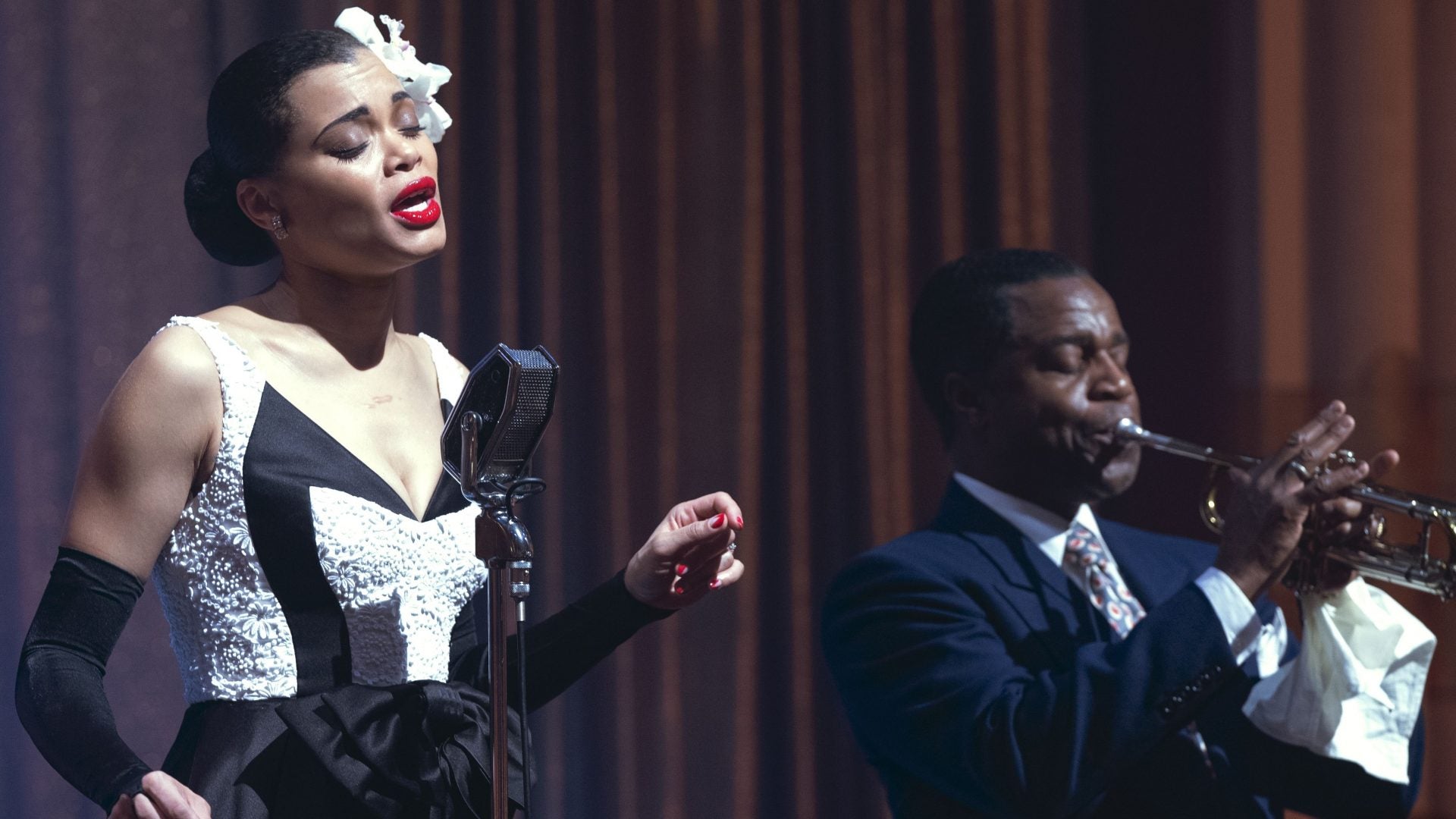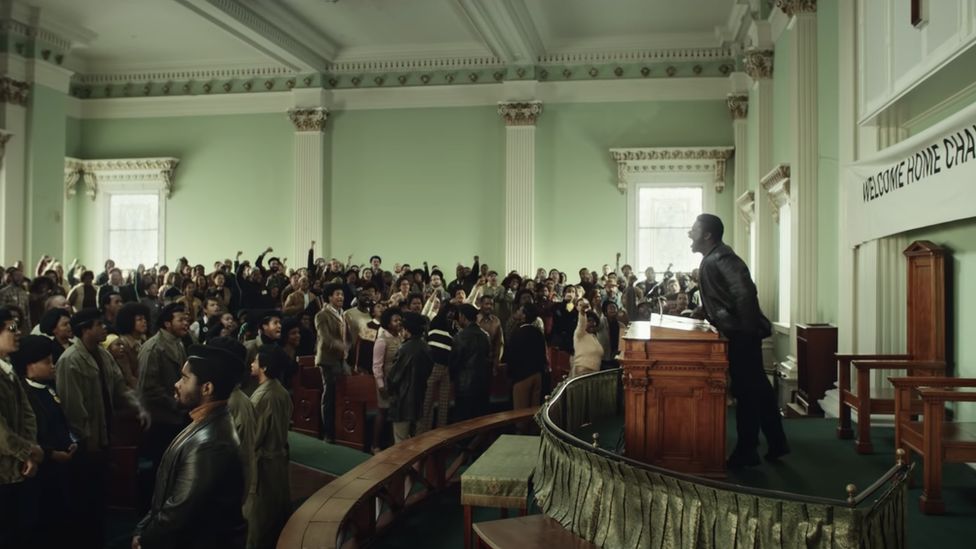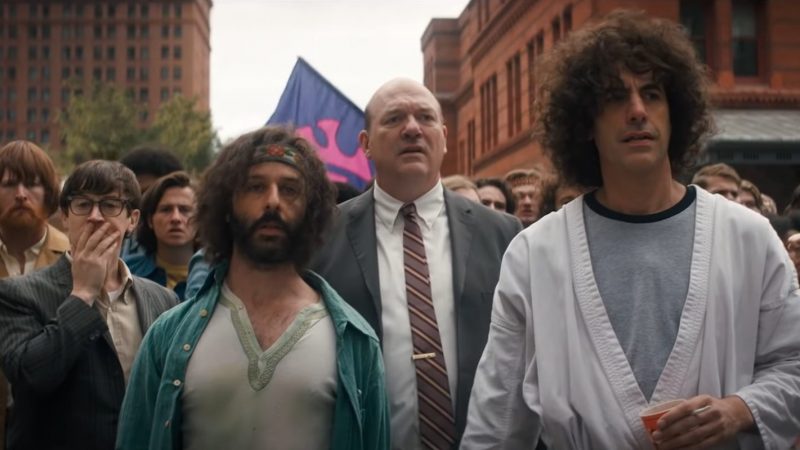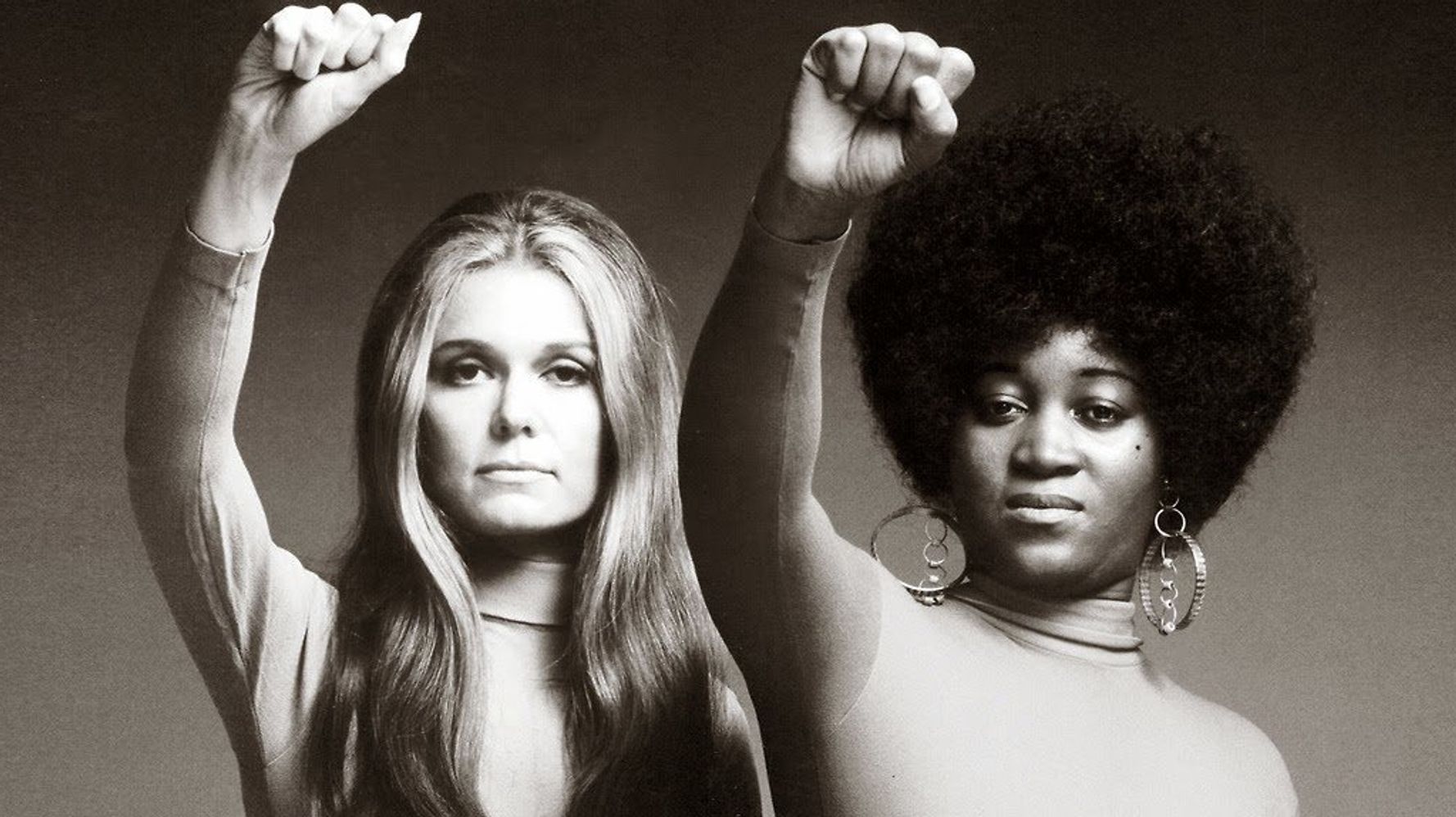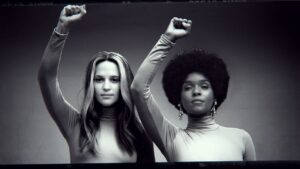In the Heights
Posted on June 8, 2021 at 2:27 pm
A-| Lowest Recommended Age: | Middle School |
| MPAA Rating: | Rated PG-13 or some suggestive references and strong language |
| Profanity: | Some strong language |
| Alcohol/ Drugs: | Some social drinking, some substance abuse |
| Violence/ Scariness: | Sad death, emotional confrontations |
| Diversity Issues: | A theme of the movie |
| Date Released to Theaters: | June 9, 2021 |

Love, loss, hope, dreams, family, community, hope, darkness, purpose, dancing. Very, very specific and ultimately universal. “In the Heights,” based on what will always be known as the play Lin-Manuel Miranda did before “Hamilton,” has been gently streamlined and updated into a joyous post-pandemic welcome back into the world after a year postponement due to the coronavirus. It is touching, ebullient, timely and timeless with an irresistible cast of young performers filled with screen chemistry.
It began in the dorm room of Wesleyan student Miranda, who has said if he did not see roles he could play in the theater, he would write his own. After an award-winning run off-Broadway, with a book by Quiara Alegría Hudes, it moved to Broadway itself, with Miranda in a lead role, and was awarded Best Musical, Best Score, Best Choreography, and Best Orchestrations and was a finalist for the Pulitzer Prize for Drama.
Like the original, the movie takes place over three hot summer days on and around one block of the predominantly Latino community of Washington Heights. It is a place where “You can’t walk two steps without bumping into someone’s big plans.”
There is a little bodega run by Usnavi (named after the letters his Dominican parents saw on a military ship when they first came to the United States) is played by the endlessly appealing Anthony Ramos (also seen this summer on “In Treatment”). He gets help from his teenage cousin Sonny (Gregory Diaz IV), who likes to tease Navi about his crush on aspiring fashion designer Vanessa (Melissa Barrera). They get a lot of support from their honorary Abuela Claudia (grandmother), played by Olga Merediz in her Tony-nominated role. Claudia is like everyone’s grandmother, doling out good food and good advice to everyone.
Also on the block is the car service owned by Kevin Rosario (Jimmy Smits), whose one goal is to give his brilliant daughter Nina (Leslie Grace), a student at Stanford, every opportunity to achieve success. Nina is loved by her ex, Benny (Corey Hawkins), a dispatcher in her father’s company. She does not want anyone to know what a difficult time she has been having because she is afraid of letting them down.
Both businesses are at risk as the neighborhood is gentrified and ask their owners consider other priorities. Navi wants to return to the Dominican Republic he dreams of as an idyllic paradise. We first see him on a beach like the one he dreamed of, telling children “the story of a clock that was disappearing in a faraway land called New York.”
Kevin will make any sacrifice to keep Nina in school, even though Nina is not sure she wants to stay, and she feels guilty about taking anything more from him.
Someone, we don’t know who, has purchased a winning lottery ticket for the bodega. It is worth $96,000, enough to make any of the dreams of the characters come true, or at least come closer. And, there is a blackout. All of the power goes out.
The story is told with songs and dance that are never less than glorious, especially a number at the local pool that harks back to the days of Esther Williams and Busby Berkeley, and a fair with all of the different nationalities showing off their dances. The beauty parlor estheticians form a Latina Greek chorus, and their musical number is pure delight. The vibrant energy of the film (and I do recommend seeing it in IMAX) is like a burst of sunshine.
That does not mean there aren’t struggles and losses and not all dreams come true. But that is life, and it is the life that shines through this movie that makes it one of the year’s deepest pleasures.
Parents should know that this film includes a sad death and references to other losses and struggles, some suggestive references, substance abuse, and some strong language.
Family discussion: What are the dreams of you and your family? What little details help you assert your dignity? How can we make sure no one feels invisible?
If you like this, try: “Hamilton” and “West Side Story”


